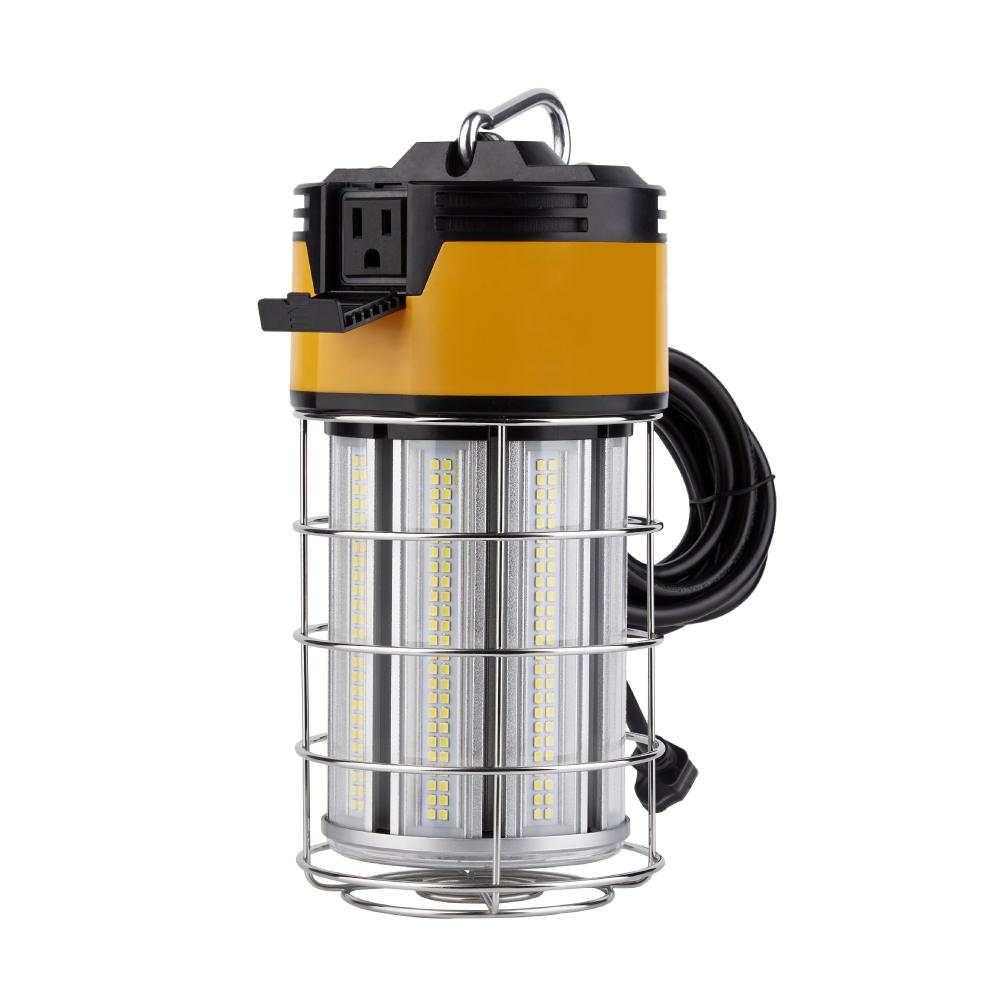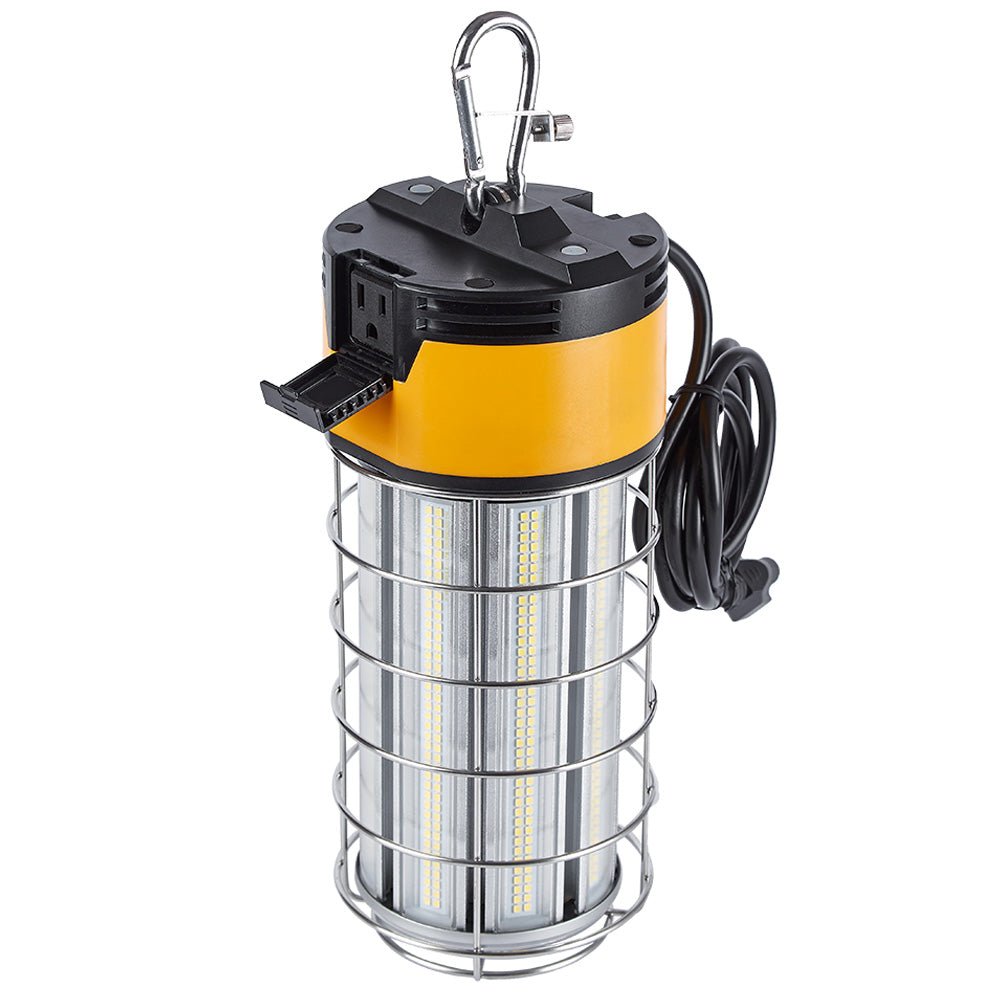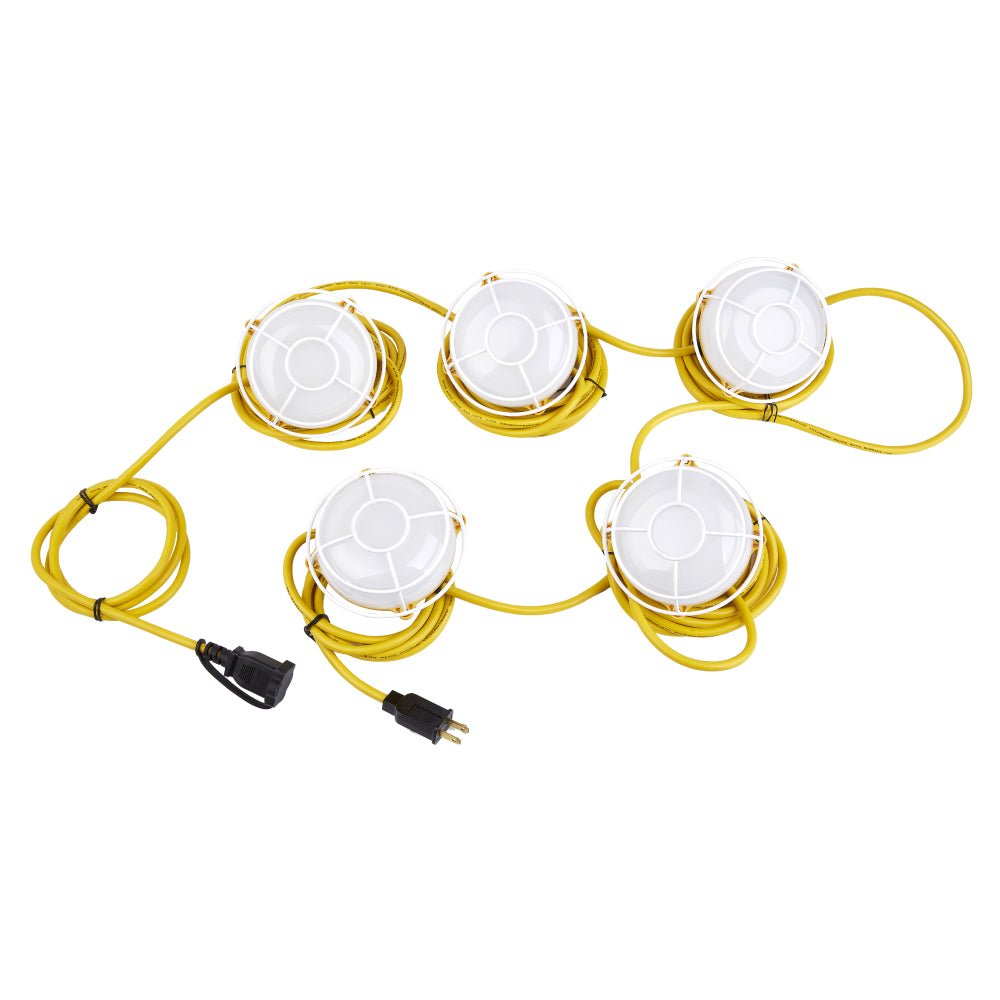Introduction
When it comes to working in low-light or dimly lit environments, having the right lighting equipment is crucial. LED work lights have gained popularity due to their energy efficiency, durability, and bright illumination. However, choosing the right work light can be challenging, especially if you are unsure about the required lumen output. In this article, we will explore the importance of lumens, factors to consider when selecting a work light, and provide recommendations based on different work scenarios.
Table of Contents
- Understanding Lumens
- Importance of Proper Lighting in Work Environments
- Factors to Consider When Choosing LED Work Lights
- 3.1 Lighting Intensity and Lumens
- 3.2 Beam Angle and Coverage
- 3.3 Color Temperature
- 3.4 Durability and Portability
- 3.5 Power Source and Energy Efficiency
- Recommended Lumen Output for Different Work Environments
- 4.1 General Task Lighting
- 4.2 Construction and Industrial Sites
- 4.3 Automotive Repair
- 4.4 Outdoor Activities and Camping
- Conclusion
- FAQs
Understanding Lumens
Lumens are a unit of measurement used to quantify the amount of visible light emitted by a light source. It indicates the brightness of the light produced. The higher the lumen value, the brighter the light. When choosing a work light, it is essential to consider the lumens it can deliver to ensure sufficient illumination for your specific task.
Importance of Proper Lighting in Work Environments
Proper lighting in work environments is crucial for various reasons. Firstly, it ensures the safety and well-being of workers by minimizing the risk of accidents caused by poor visibility. Adequate lighting also enhances productivity, reduces eye strain, and improves overall work quality. With the right amount of lumens, you can create a well-lit workspace that promotes efficiency and accuracy.
Factors to Consider When Choosing LED Work Lights
When selecting LED work lights, several factors should be taken into account:
3.1 Lighting Intensity and Lumens
The required lighting intensity depends on the nature of the task and the size of the area that needs to be illuminated. Higher lumen output is generally preferred for larger workspaces or tasks that require detailed precision. For smaller work areas, a lower lumen output may be sufficient.
3.2 Beam Angle and Coverage
The beam angle determines the spread of light. A wider beam angle provides broader coverage, while a narrower beam angle concentrates light in a specific area. Consider the size of your work area and the level of focus required when choosing a work light with an appropriate beam angle.
3.3 Color Temperature
Color temperature refers to the perceived warmth or coolness of light. It is measured in Kelvin (K). Work lights with a higher color temperature, around 5000K-6000K, mimic natural daylight and offer better visibility and color accuracy. However, personal preference and the nature of the work may influence the choice of color temperature.
3.4 Durability and Portability
In work environments, durability is essential to ensure the longevity of the work light. Look for lights with sturdy construction, shock resistance, and waterproof capabilities. Portability is also a consideration, especially if you require a work light that can be easily moved to different locations.
3.5 Power Source and Energy Efficiency
LED work lights are available in both corded and cordless options. Corded lights provide a constant power source, while cordless lights offer more flexibility but may have limited battery life. Consider the availability of power sources in your work environment and choose a work light that aligns with your needs.

Recommended Lumen Output for Different Work Environments
The required lumen output for work lights varies depending on the specific work environment. Here are some general recommendations:
4.1 General Task Lighting
For basic task lighting in a small area or workshop, a work light with 500-1000 lumens may be sufficient.
4.2 Construction and Industrial Sites
Construction sites or large industrial areas require high lumen output for adequate illumination. A range of 3000-10000 lumens is recommended, depending on the size of the area and the complexity of the tasks involved.
4.3 Automotive Repair
In automotive repair settings, where detailed work is performed, a work light with a lumen output of 2000-5000 is generally suitable. The light should have adjustable brightness settings for better control.
4.4 Outdoor Activities and Camping
For outdoor activities such as camping or nighttime adventures, portable work lights with a lumen output of 1000-3000 can provide sufficient illumination.
Conclusion
Choosing the right work light with the appropriate lumen output is essential for creating a well-lit work environment. Consider the size of the workspace, the nature of the tasks, and the desired lighting intensity. By understanding the importance of lumens and considering the factors mentioned, you can make an informed decision when selecting an LED work light that meets your specific needs.
FAQs
-
What is the ideal lumen output for a home workshop?
- For a home workshop, a work light with a lumen output of 500-1000 should be suitable for most tasks.
-
Can I use a work light with a high lumen output for small-scale projects?
- Yes, you can use a work light with a higher lumen output for small-scale projects. However, it is important to consider the size of the work area and avoid excessive glare.
-
Are LED work lights energy-efficient?
- Yes, LED work lights are highly energy-efficient compared to traditional lighting options. They consume less power while providing bright illumination.
-
Can I use LED work lights outdoors?
- Yes, many LED work lights are designed for both indoor and outdoor use. However, ensure that the light you choose has the necessary durability and weatherproof features for outdoor applications.
-
Are there work lights with adjustable beam angles?
- Yes, some work lights offer adjustable beam angles, allowing you to customize the spread of light based on your requirements.


















































































